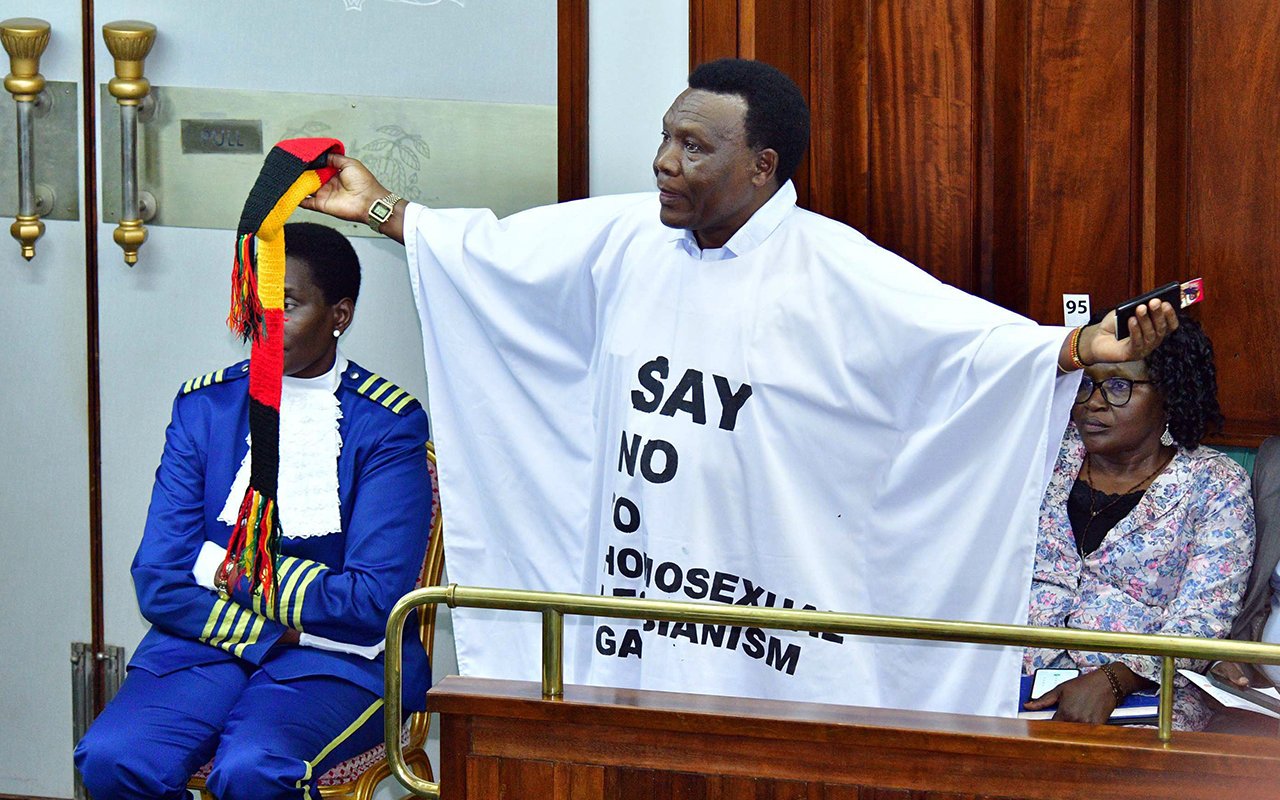There are strange signs in the Makerere Main Building fire

On Saturday night, fire gutted most of Makerere University’s iconic Main Building. And then on Sunday, it returned and burnt the part it had spared. And right there, is the tragedy of this story. But we will not tell it. We will dwell elsewhere.
If you go to Makerere University’s website, it tells its history thus:
“Established in 1922 as a humble technical school, Makerere University is one of the oldest and most prestigious English Universities in Africa. In January of that year, the school, which was later renamed Uganda Technical College, opened its doors to 14 -day students, who began studying Carpentry, Building and Mechanics.
“The college soon began offering various other courses in Medical Care, Agriculture, Veterinary Sciences and Teacher Training. It expanded over the years to become a Centre for Higher Education in East Africa in 1935. In 1937, the college started developing into an institution of higher education, offering post-school certificate courses.
“In 1949, it became a University College affiliated to the University College of London…With the establishment of the University of East Africa in June 29, 1963, the special relationship with the University of London came to a close and degrees of the University of East Africa were instituted.
“On July 1, 1970, Makerere became an independent national university of the Republic of Uganda…[offering] its own awards.”
That part doesn’t say anything about the Main Administration Building, but another section does, telling us that it “was completed in 1941 under the leadership of Mr. George C. Turner, Principal, Makerere College (1939-46). Earlier in 1938, the Duke of Gloucester, representing…King George VI had cut the first sod for the construction of the building on 3rd November.
“The Main Building with its unique 20th Century British architecture is easily Makerere’s most recognisable symbol and was constructed with funds from the Colonial Development bourse. The building’s construction was greatly delayed by a scarcity of resources to purchase materials as Britain…grappled with the expenses of World War II. As a result, some of the carpentry work had to be done on-site at the Technical College.” Still remarkable, that it was done in three years.
But, blink, and you miss it. Perhaps unintentionally, what it’s saying is that because of World War II, the colonial administration couldn’t bring in materials, so the authorities resorted to the least desirable option of doing some of the carpentry on-site. Which is strange, because as a technical college, doing the carpentry on site is exactly what a technical college was expected to do. It was the best thing that happened to the Main Building; the local folks – and presumably students – got some skin in the game, as the Americans would say. It gave it street cred.
That contradiction, nevertheless, represents the broader tension between Makerere as an organic and as an inorganic (foreign, or as the more radical would say “neo-colonial”) institution, and it has a long history. The conference hall of the Main Building was for the first 75 years of Makerere University the site of not just the biggest debates about the future of Uganda, but of Africa. Very many of Africa’s greats; from outside Uganda Ali Mazrui, Chinua Achebe, Wole Soyinka, Julius Nyerere, and a cast of some of our best, Apolo Nsibambi, Mahmood Mamdani, Okello Oculi, name them, battled there in debate about African futures, and strode its aisle.
Not only is the Main Building iconic, but it used to be hallowed. When I was a student at Makerere University, for example, classes were not held in the main hall. And we never used to go there “faa like that”. Then Senteza Kajubi was vice chancellor, “Uncle” George Kihuguru was Dean of Students, and Bernard Onyango academic registrar. When they emerged from the Main Building, it was like they were Jedis stepping out of a Star Wars spaceship; we would move to the side of the road a little and bow in respect.
To say a lot has changed, would be one of the biggest understatements of these times. The last time I was in the Main Building nearly a year ago, it was a shadow of itself. It was worse for wear. The toilets were smelly. There was a tired scent about it. Its triumphant aura had faded. Its soul dissipated.
The Main Building used to sit on the hill, and it was the tallest and most majestic building all around. Not anymore. It has been eclipsed whichever direction you look.
There’s something in the fire that’s almost like a strange cleansing. Vice Chancellor Barnabas Nawangwe and Minister of Education Janet Museveni have both spoken about rebuilding. Yes, but better, maybe the fire should be a platform to reimagine the university itself.
Mr Onyango-Obbo is a journalist, writer and curator of the “Wall of Great Africans”.
Twitter@cobbo3





